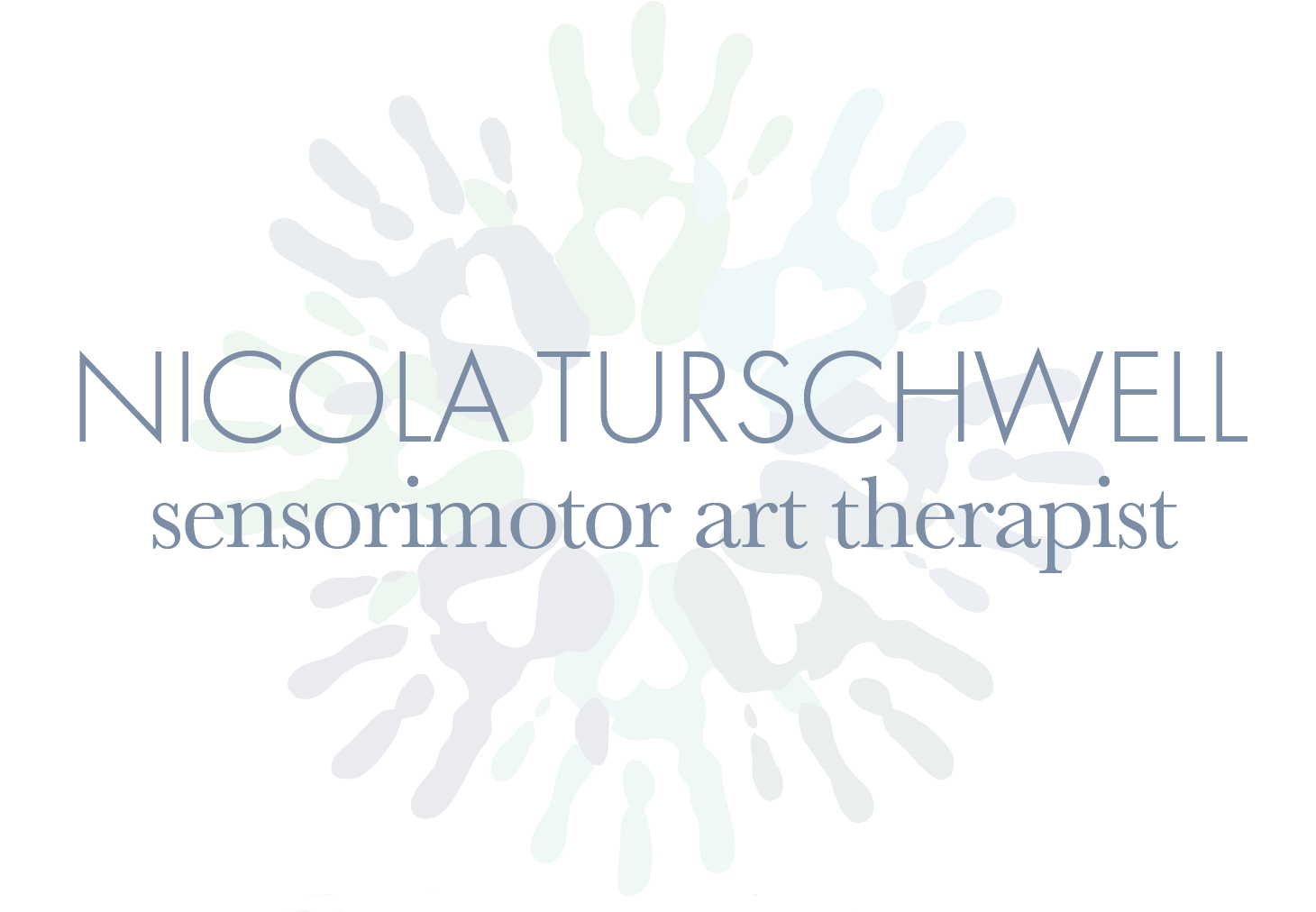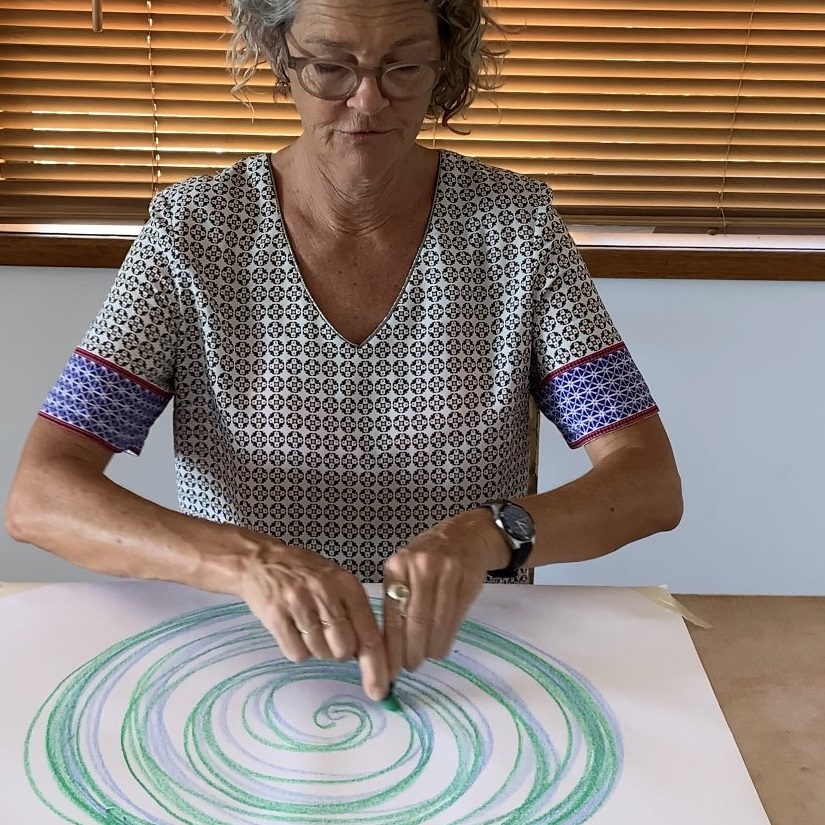If you think being busy is ‘smart productivity’ you might just be working against the laws of your brain. Key workforce tools right now are little ‘daily pause’ moments in order to calm, centre and tune into your breath.
I have been coaching & supporting numerous people in the workforce recently who are impacted by stress and fear arising from the Covid-19 virus and navigating new workforce structures.
The one great stress reliever I know works is that of actually understanding the basic function of the hierarchy of the human nervous system. The ensuing recognition that “I am normal here”, “my nervous system is doing what it is meant to under duress” and “this is not my fault or a weakness in me”. This knowledge brings comfort and ease every time.
Taking Positive Action
The good news is you can take action to do something positive for yourself with easy strategies to support your nervous system immediately. Put simply; your brain has three main parts. The bottom part oversees our heart beating and lungs breathing etc, all automatically, the middle section looks after your emotions and safety – it triggers like a fire alarm. It tells you to fight off the threat, run for your life or freeze and try to look ‘invisible’ to survive. These two parts can be called your ‘survival brain’.
Your mid-brain just might register a risk to your life (it may feel like anxiety in your body) even when dealing with an overly stressed-out boss, having sustained unreasonable deadlines, conflict with a colleague or simply having ‘too much on your plate’.
your smart brain
Then there is the top part of your brain, your ‘smart brain’. This is the logical area, the analyser, the wordsmith and rational decision-maker. When your mid-brain is working hard on your survival, the smart brain can get muddled, forgetful, illogical and unable to put sentences together. This can feel unusual to you and have you questioning yourself. The thing is, your brain and nervous system is doing its job to divert energy to the next level down the hierarchy in order to survive. The process described happens in your body about 10 times faster than you can think – clever isn’t it!
Once you know this it’s then easy to move onto bringing in moments throughout the day to calm your nervous system into the ‘rest and digest state’ rather than flight, fright and freeze. This will return your brain state back to your creative thinking and problem-solving capacity.
Here are some body-based tools to try:
1. Breathing
Focusing on your breathing is the primary one – yes it is simple and yet challenging – and what have you got to lose by trying it. Make your exhale longer than your inhale for 5 breaths. You can do this while making a cuppa or walking to the bathroom as movement helps you not to enter the ‘freeze’ state and can use up some ‘flight’ energy in your body too.
2. Drawing
Take a crayon in each hand. With both hands together, take a deep breath in, draw a large spiral starting from the outside in towards the centre slowly as you exhale. Repeat several times with your eyes closed – notice how you feel after a series of 5-10 repetitions. If you don’t like this then simply stop and experiment with slow, rhythmic hand movements which make you feel better (or ‘safe’ in nervous system terms).
This is essential to harness the wisdom of the brain and nervous system and being human with a normal stress response. Good luck and let me know how you go.
If you want to learn more about the hierarchy of your brain and nervous system have a look here for a start:



